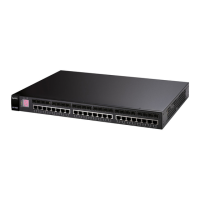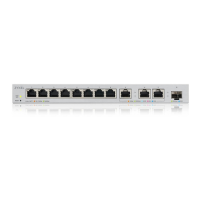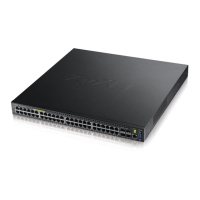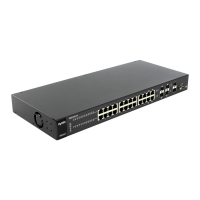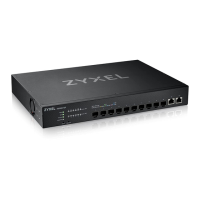Chapter 24 IPv6
XGS2220 Series User’s Guide
170
CHAPTER 24
IPv6
24.1 IPv6 Overview
This chapter introduces the IPv6 screens.
24.1.1 What You Can Do
• Use the IPv6 Status screen (Section 24.2 on page 170) to view the IPv6 table and DNS server
information.
• Use the IPv6 Global Setup screen (Section 24.3 on page 173) to configure the global IPv6 settings.
• Use the IPv6 Interface Setup screen (Section 24.4 on page 174) to view and configure IPv6 interfaces.
• Use the IPv6 Link-Local Address Setup screen (Section 24.5 on page 175) to view and configure IPv6
link-local addresses.
• Use the IPv6 Global Address Setup screen (Section 24.6 on page 177) to view and configure IPv6
global addresses.
• Use the IPv6 Neighbor Discovery Setup screen (Section 24.7 on page 178) to view and configure
neighbor discovery settings on each interface.
• Use the IPv6 Router Discovery Setup screen (Section 24.8 on page 180) to view and configure router
discovery settings on each interface.
• Use the IPv6 Prefix Setup screen (Section 24.9 on page 182) to configure the Switch’s IPv6 prefix list for
each interface.
• Use the IPv6 Neighbor Setup screen (Section 24.10 on page 183) to configure static IPv6 neighbor
entries in the Switch’s IPv6 neighbor table.
• Use theDHCPv6 Client Setup screen (Section 24.11 on page 184) to configure the Switch’s DHCP
settings when it is acting as a DHCPv6 client.
24.2 IPv6 Status
Click SYSTEM > IPv6 > IPv6 Status in the navigation panel to display the IPv6 status screen as shown next.
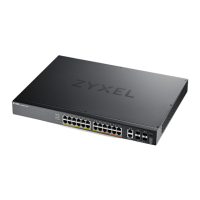
